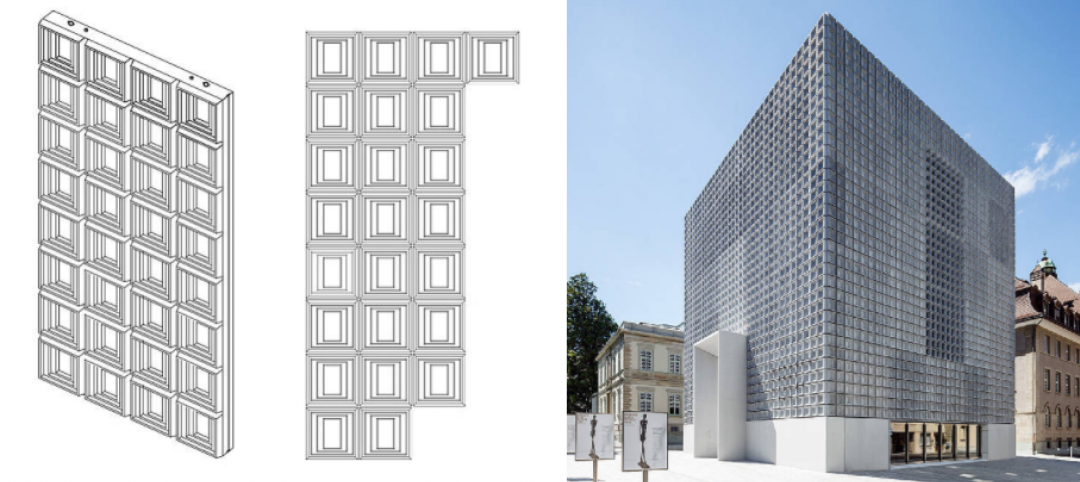Nearly three fifths of respondents to recent poll of 800 small businesses operating in 17 sectors plan to invest this year in technologies that would improve their companies’ productivity.
Nearly half intend to invest in mobile technologies that could help them increase market share or cement customer relationships. And close to half of those polled say they’ll invest this year in cybersecurity tools to protect their data.
However, this poll—conducted by Kabbage (www.kabbage.com), a global financial services, technology, and data platform for small businesses—reveals less enthusiasm for tech spending among the construction small businesses.
The good news is that more than half of the 80 construction-related small businesses that responded to the poll plan to invest in technologies that would remove manual processes, reduce paperwork, or improve productivity. But fewer than two-fifths of construction companies that responded to the question about cybersecurity spending said they were “somewhat likely” or “definitely will invest.” Just over one third said they’d invest in mobile technology.
Only one third of construction busineses says they are willing to increase their ad spending by at least 20% on social media, compared to nearly half of all respondents.
None of the small businesses from any sector participating in this survey was too keen on spending for real-time analytics or big data solutions. Less than one-quarter—23.45%—of the construction companies were somewhat likely or definite about making such an investment this year. Only 28% of all respondents thought big data was worth in vesting in; in fact, marketing agencies and services was the only business sector where more than 40% of its respondents answered affirmatively to this question.
The survey also asked small businesses about their attitudes on economic conditions, and the construction respondents were among the most positive. More than 69% of construction companies somewhat or strongly agreed that the U.S. economy is headed in the right direction. That compares to 63.5% of the total survey’s respondents. Marketing agencies were the most buoyant about the economy (73.3%); law office and legal service small business the least optimistic (36.4%).
Seventy-seven percent of the construction companies expected their revenues to increase by more than 20% this year, compared to 73% of the total respondents. Insurance services, manufacturing, marketing agencies, and real estate companies expressed the highest confidence about revenue growth.
Related Stories
Concrete | Aug 11, 2010
8 Innovations That Will Rock Your Next Concrete Project
If you think you've seen it all when it comes to concrete construction, then you haven't sat down with Blaine Brownell. The architect-turned-blogger-turned-author has become the industry's foremost expert in everything that is unconventional and provocative in the building products field. For the past eight years, this LEED Accredited Professional, BD+C “40 Under 40” winner, and vis...
| Aug 11, 2010
Let There Be Daylight
The new public library in Champaign, Ill., is drawing 2,100 patrons a day, up from 1,600 in 2007. The 122,600-sf facility, which opened in January 2008, certainly benefits from amenities that the old 40,000-sf library didn't have—electronic check-in and check-out, new computers, an onsite coffeehouse.
| Aug 11, 2010
BIM school, green school: California's newest high-performance school
Nestled deep in the Napa Valley, the city of American Canyon is one of a number of new communities in Northern California that have experienced tremendous growth in the last five years. Located 42 miles northeast of San Francisco, American Canyon had a population of just over 9,000 in 2000; by 2008, that figure stood at 15,276, with 28% of the population under age 18.
| Aug 11, 2010
Platinum Award: The Handmade Building
When Milwaukee's City Hall was completed in 1896, it was, at 394 feet in height, the third-tallest structure in the United States. Designed by Henry C. Koch, it was a statement of civic pride and a monument to Milwaukee's German heritage. It was placed on the National Register of Historic Places in 1973 and designated a National Historic Landmark in 2005.
| Aug 11, 2010
Great Solutions: Products
14. Mod Pod A Nod to Flex Biz Designed by the British firm Tate + Hindle, the OfficePOD is a flexible office space that can be installed, well, just about anywhere, indoors or out. The self-contained modular units measure about seven feet square and are designed to serve as dedicated space for employees who work from home or other remote locations.
| Aug 11, 2010
Special Recognition: Kingswood School Bloomfield Hills, Mich.
Kingswood School is perhaps the best example of Eliel Saarinen's work in North America. Designed in 1930 by the Finnish-born architect, the building was inspired by Frank Lloyd Wright's Prairie Style, with wide overhanging hipped roofs, long horizontal bands of windows, decorative leaded glass doors, and asymmetrical massing of elements.
| Aug 11, 2010
The pride of Pasadena
As a shining symbol of civic pride in Los Angeles County, Pasadena City Hall stood as the stately centerpiece of Pasadena's Civic Center since 1927. To the casual observer, the rectangular edifice, designed by San Francisco Classicists John Bakewell, Jr., and Arthur Brown, Jr., appeared to be aging gracefully.
| Aug 11, 2010
Great Solutions: Technology
19. Hybrid Geothermal Technology The team at Stantec saved $800,000 in construction costs by embedding geothermal piping into the structural piles at the WestJet office complex in Calgary, Alb., rather than drilling boreholes adjacent to the building site, which is the standard approach. Regular geothermal installation would have required about 200 boreholes, each about four-inches in diameter ...








